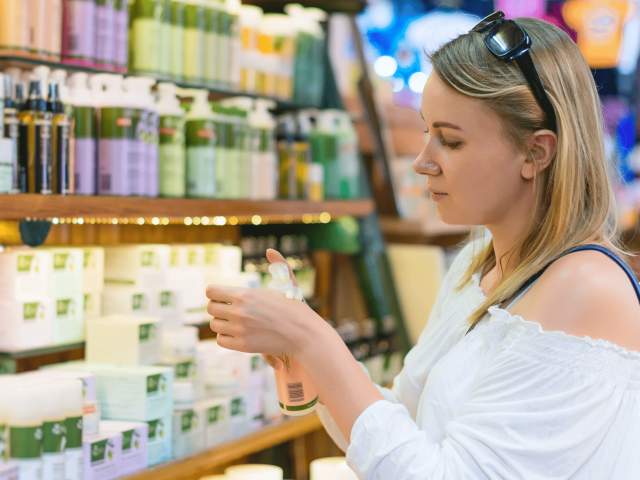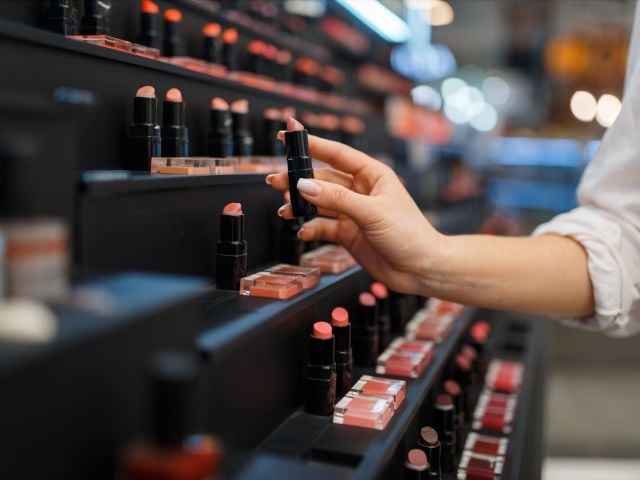
Enviroblog readers all know that "fragrance" is a term that the cosmetics, cleaning and candle industries use on ingredient lists that discloses only that there are unnamed chemicals in the product.
Which is not so helpful for avid label-readers (like me) who want and deserve full information when choosing products. Unless you use it as a red flag of what not to buy, that is. Then - and only then - is it helpful.
It's pretty big news that, after years of intentional mystery, the International Fragrance Association (IFRA) decided to publish an alphabetical list of ingredients that its members reportedly use to make consumer products.
Why'd they do it?
Simple: consumers want more transparency (yes, you're being heard!). And while this isn't exactly the kind of transparency we had in mind, or that helps consumers make informed decisions about their health, it's a step. (And it's a decent PR move for IFRA, right?) A long list with some bad actors A long list of chemicals that you can't pronounce is not in itself toxic - even if it looks it. But an analysis of these 3,163 chemicals in EWG's Cosmetics Database shows that there is reason for concern.
In fact, 1 in 20 earned a "high" hazard score (7-10 of 10), and a full 1 in 6 rated at least a "moderate" hazard score (3-10 of 10). 25 of them scored a 10, the highest score:
25 chemicals scored a "10" in Skin Deep Aniline BHA Cyclohexanone Dibutyl phthalate Diethylhexyl phthalate Hydroquinone MIBK Nano titanium dioxide Nano zinc oxide (20-60nm) Octoxynol-6 Octoxynol-7 Octoxynol-11 Octoxynol-12 Octoxynol-13 Octoxynol-16 Octoxynol-20 Octoxynol-25 Octoxynol-30 Octoxynol-33 Octoxynol-40 Octoxynol-70 PEG-3 Sorbitan oleate PEG-6 Sorbitan oleate Resorcinol Styrene
Some chemicals on the list are very troubling Of the 3,163 chemicals listed, several stand out as particularly toxic: phthalates, octoxynols and nonoxynols. Phthalates are potent hormone disruptors linked to reproductive system birth defects in baby boys. Octoxynols and nonoxynols break down into persistent hormone disruptors, as well.
What kind of products contain these chemicals? All kinds. To name several: facial cleanser, after shave, astringents, hair color, cleaning products, and acne treatment.
The best way to reduce your exposure to fragrance chemicals While this new information adds to our knowledge about fragrance chemicals, it doesn't change our longstanding advice for choosing safer cosmetics: read the label, skip the fragrance, and look up your products in EWG's Cosmetics Database. [Thanks to Flickr CC & Annieo76 for the lovely array of perfumes]



